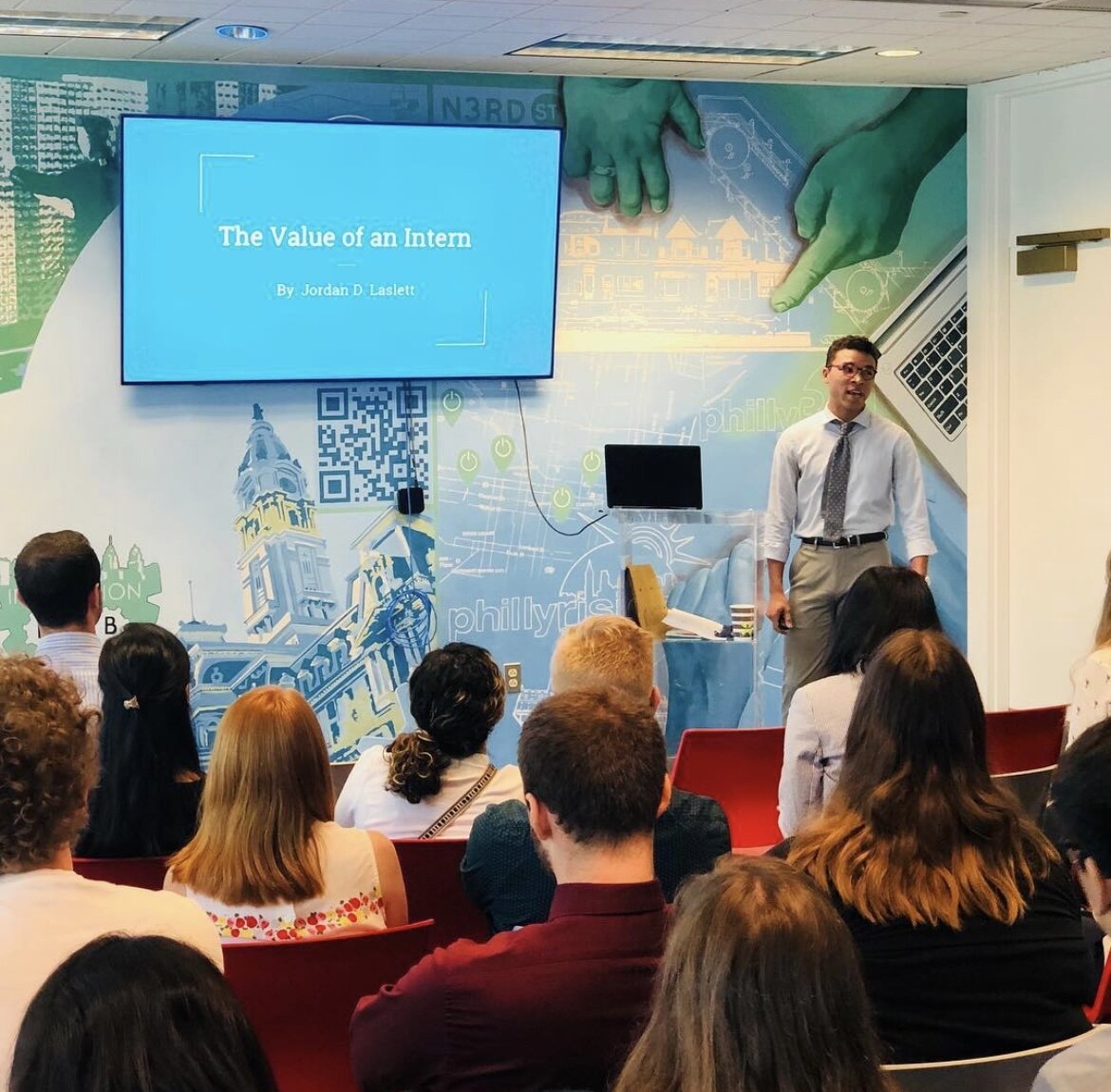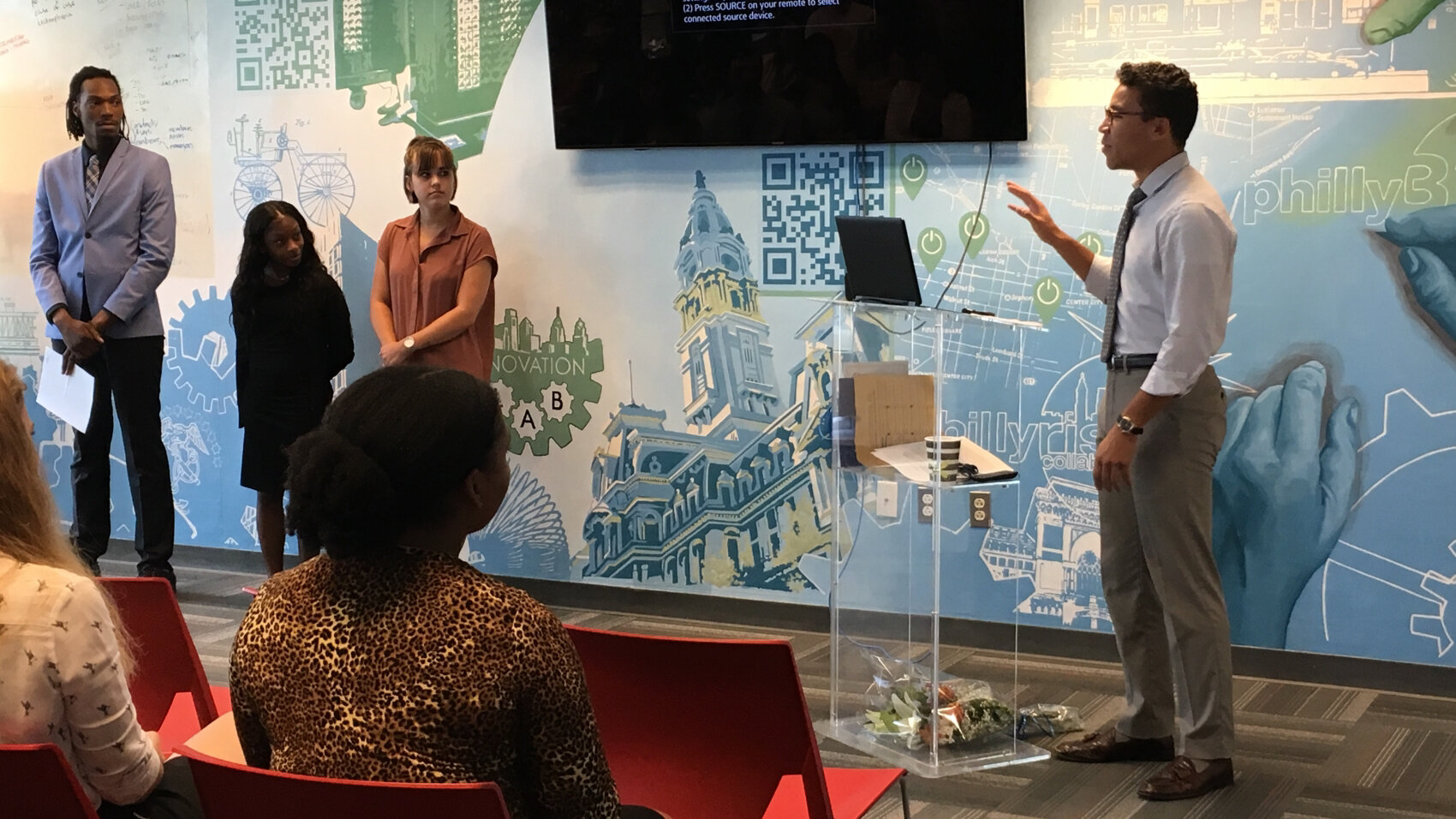Many of us are still trying to make sense of what is happening in our world, and what our place might be in a better future. Especially for people who worked for systems change before the pandemic, Arundhati Roy’s conclusion to her April 3rd article is a rallying cry:
Historically, pandemics have forced humans to break with the past and imagine their world anew. This one is no different. It is a portal, a gateway between one world and the next.
We can choose to walk through it, dragging the carcasses of our prejudice and hatred, our avarice, our data banks and dead ideas, our dead rivers and smoky skies behind us. Or we can walk through lightly, with little luggage, ready to imagine another world. And ready to fight for it.
As this global pandemic continues to shake our country to its core, it also opens opportunities that were previously unavailable. Ideas once considered ‘fringe’ are now on the table, and some are even being tested. If you told me on New Years Day that in a few months, most Americans would be working from home, having collected stimulus checks, and that they would be able to bike or walk down public streets that had previously been reserved for cars, I would have been skeptical. But here we are.
COVID-19 is testing our systems and revealing their weaknesses. Most notably, it is demonstrating that the public policies that systematically privileged whites and middle/upper classes have an enduring legacy. Death rates from COVID-19 among Black and Hispanic people are substantially higher than those for whites or Asians. Along with this, long-standing structural inequities are harder for the mainstream to ignore because they are now affecting all of us. Leave it to a virus to clearly demonstrate how our fates are intertwined.
With our metaphorical house burning down, many of us are asking: What do we build in its place? From universal basic income to universal health care, there are lots of big ideas out there. Now is the time to discuss them.
And at the same time, we need to think ahead to implementation. How will we put the big ideas --whatever they end up being-- in place? Who is going to build our new house? Do they have the skills? How do we prepare the site for construction?
This is systems change we are talking about, and systems don’t change themselves. In fact, through the force of inertia, they often stay the same. To reimagine and rebuild our country, we will need talented people in every sector working together to change these systems.
Within government, this will require a commitment to developing the public workforce, and I’m not talking just about growing the number of government employees (though with the impending ‘Silver Tsunami’ we will need to attract a lot of new people to public service). It is also about the qualities of those employees.
To rebuild our systems, we will need government employees who are courageous, creative and connected to the communities they serve – the kind of government employees known as ‘Herocrats.’ Here’s why these qualities will be especially important in recreating our systems after COVID-19.
It will take courage for Herocrats to speak the truth about the inequitable systems of which they are a part. This truth-telling will upset the power structure they inhabit and potentially threaten their positions, and even their personal well-being.
It will take creativity to imagine how government policies, programs and practices could be more equitable, and to figure out how to collaborate with other people, systems and cultures to make things work for everybody.
And the public servants who can do this will be those who draw on strong connections with their own sense of purpose, as well their connections with the communities they serve. Every successful effort to build more equitable systems will include the participation of the people who are most impacted by those systems.
Now is the time to make a New Deal-scale investment in developing Herocrats. This will serve short-term needs like combating unemployment and delivering urgent services. But more importantly it will enable us to make the longer-term structural changes that are needed for our country survive our next big challenge.
In this time of billion-dollar budget shortfalls and calls for layoffs, such a proposal may seem far-fetched. But other previously unthinkable things are now becoming a reality. As Ms. Roy pointed out, now is the time to imagine another, better world and prepare ourselves to fight for it.
This post was Part I of II. The next post will address some ways we can make this historic investment in Herocrats happen.































